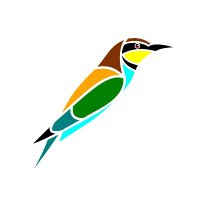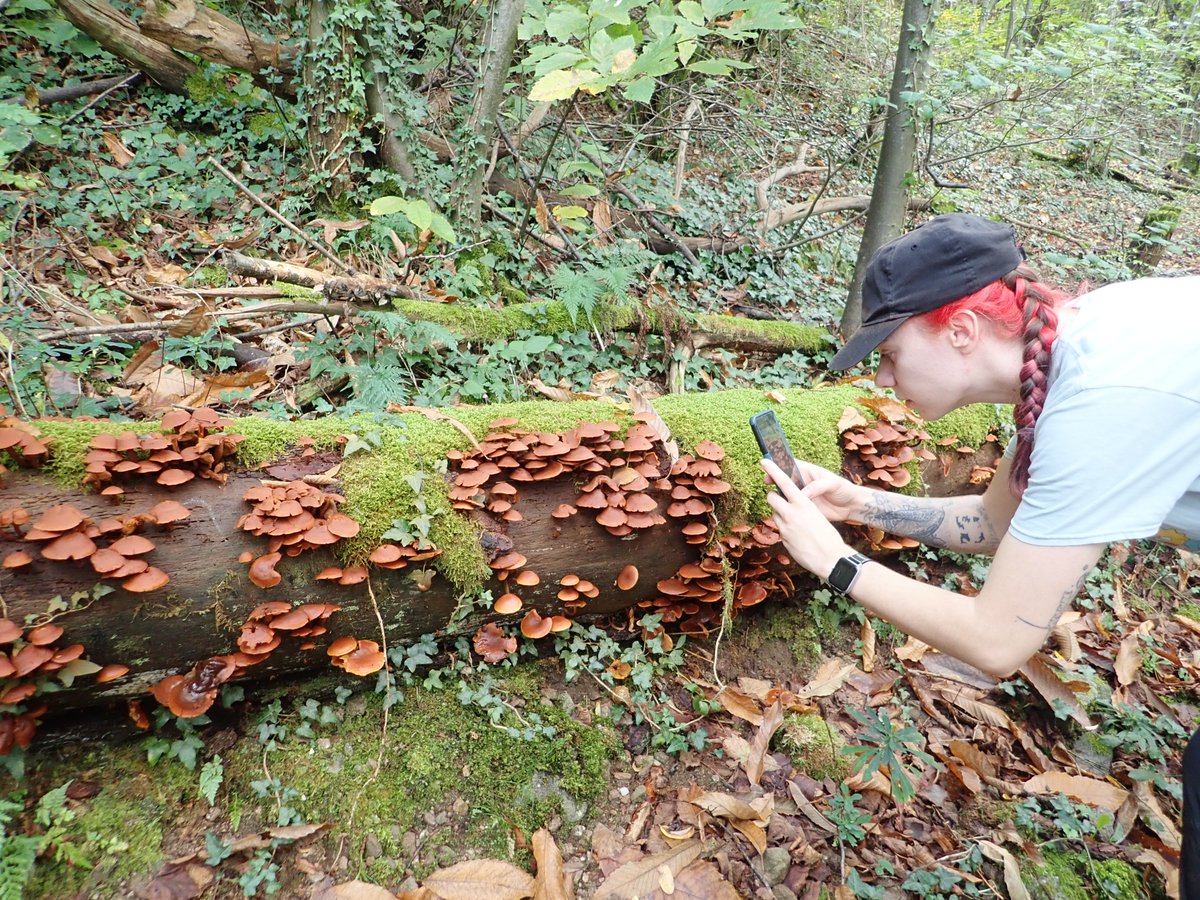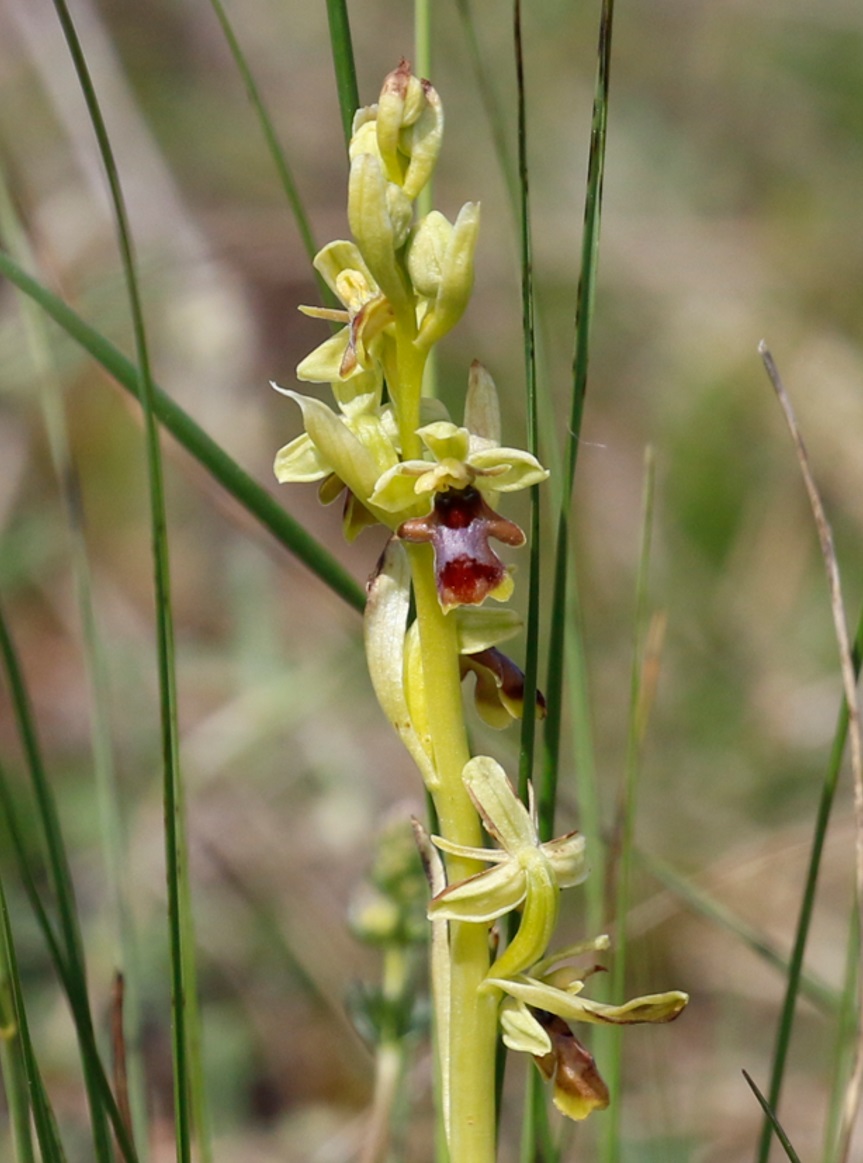
Merops Field Studies
@meropsfield
Mediterranean Ecology Research Observatory for Practical Skills
Created by Dr Sophie Mowles and Dr Fabrizio Manco
ID: 1488872086072434692
https://merops.eu/ 02-02-2022 13:49:18
479 Tweet
137 Followers
285 Following

Introductions complete for University of Cumbria by Merops Field Studies Praying mantis joined us for lunch. Drones, camera and sampling design tomorrow... Not a bad view...


A really great first day welcoming staff and students from University of Cumbria to the south of France. We kicked off with habitat tours and a demonstration of our kit before project planning. Highlights of our walks were this Spiny Toad and recent evidence of Beavers. Peter Lawrence


GIS treasure hunt, drone flights, equipment training and independent project preparation University of Cumbria with Merops Field Studies #GoTeam #GPS !!


Our guests from University of Cumbria have been getting stuck in to survey techniques. We’ve used our drone to map meadow vegetation, then carried out plant and invertebrate surveys. Invertebrate highlights were this beautiful Tortoise Beetle and Buffalo Leaf Hopper. Peter Lawrence


We had really good fortune with our thermal imaging evening with University of Cumbria. We spotted 3 Beavers, plus a bonus Coypu. The Beavers are very well insulated, so we tend to just see their eyes and ears glowing whereas the Coypu lose a lot more heat from their heads Peter Lawrence

We spent a fantastic day exploring the Camargue with University of Cumbria. Very atmospheric skies in the morning, with lots of wildlife spotted. Highlights were migratory birds passing through, including this Wryneck, Common Cranes and the ever-present Greater Flamingos. Peter Lawrence


Yesterday we took our guests from University of Cumbria for a trip along the Ardèche Gorge. We visited the famous Pont d’Arc natural bridge and took a hike through the garrigue. Highlights were some Red Cage Fungi, plus the resident feral goats that frequent the gorge. Peter Lawrence



We’d like to say a big thank you to our guests from University of Cumbria for a wonderful field course. We enjoyed hosting you and showing you the natural history of the area, and were excited to see the real diversity of projects. Good luck with the rest of your studies! Peter Lawrence


While here for their autumn field course, students from University of Cumbria carried out some fascinating projects, studying the diversity of aquatic invertebrates, fungi in different woodlands, and the effects of ephemeral waterfalls on wall communities to name but a few Peter Lawrence


We’ve been very lucky with our camera trapping this year, and students have got some great footage of a family of Eurasian Otters while on their field courses with us. We’ve seen foraging and sprainting, plus this female with two cubs. University of Stirling The University of Sheffield University of St Andrews



